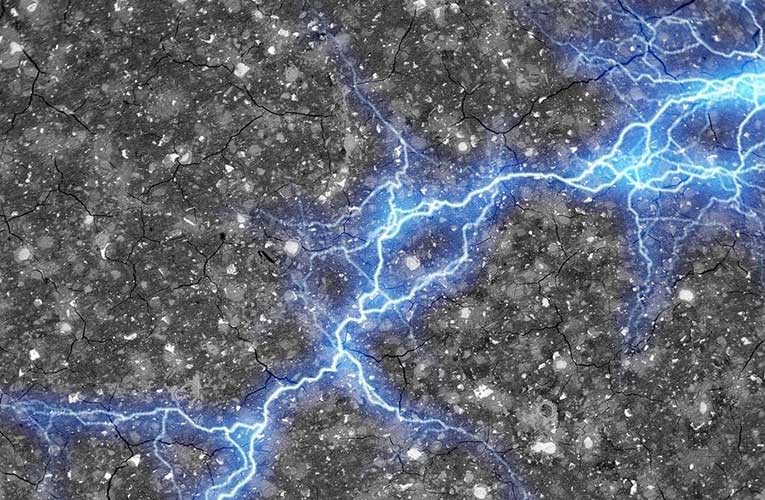
Scientists from MIT and the Wyss Institute in the US have introduced an innovative energy storage system composed of cement and ancient ink, which could revolutionize renewable energy integration. This novel approach involves the combination of cement, the world's most widely used man-made material, with carbon black, an ancient substance used in historical contexts like the Dead Sea Scrolls. When blended in a specific way, these materials form a conductive nanocomposite with supercapacitor properties, holding significant promise for facilitating the global transition to clean energy.
The newly developed material, requiring only water to create a concrete mix of cement and carbon black, offers an economical alternative to existing energy storage solutions. It addresses the challenge of stabilizing energy grids amid fluctuations from renewable sources like solar, wind, and tidal power. The researchers propose applications ranging from using the technology in house foundations to provide a day's worth of energy without extra construction expenses, to incorporating it into concrete roadways for contactless recharging of electric vehicles while in motion. The versatile nature of the material allows for potential adaptations to various purposes, including heating systems.
Published in the journal Proceedings of the National Academy of Sciences, the research paper titled 'Cement supercapacitors as a scalable energy storage solution' outlines the groundbreaking potential of this cement-based supercapacitor technology. Its unique blend of ancient and contemporary materials holds the key to addressing substantial energy storage demands, particularly in scenarios where traditional grid power access is limited, such as remote homes or buildings equipped with solar panels.

